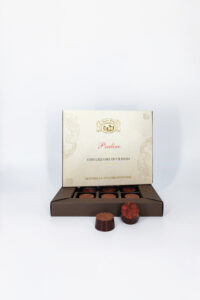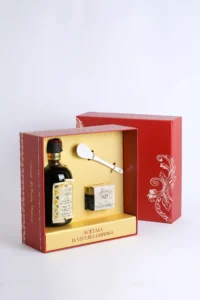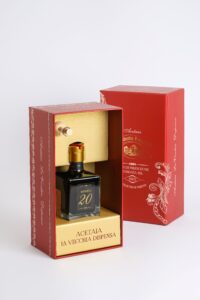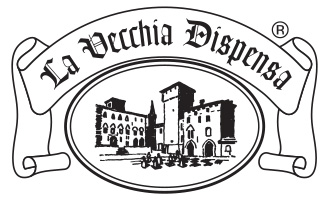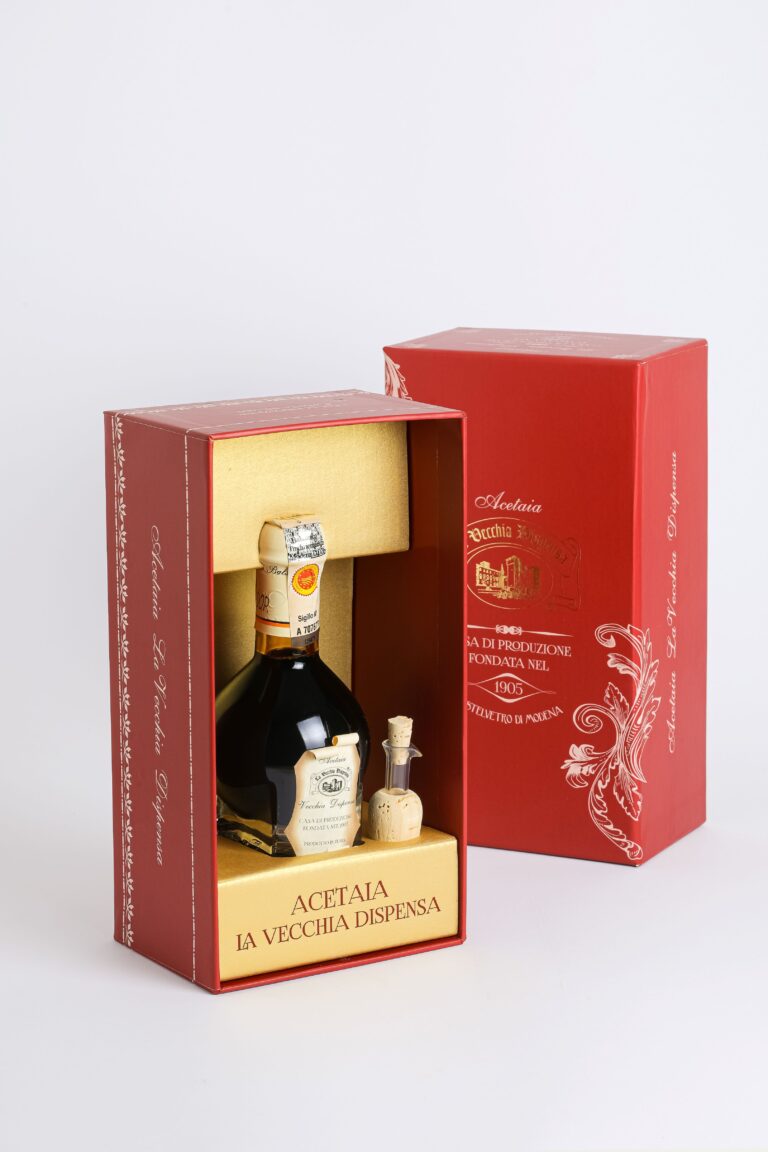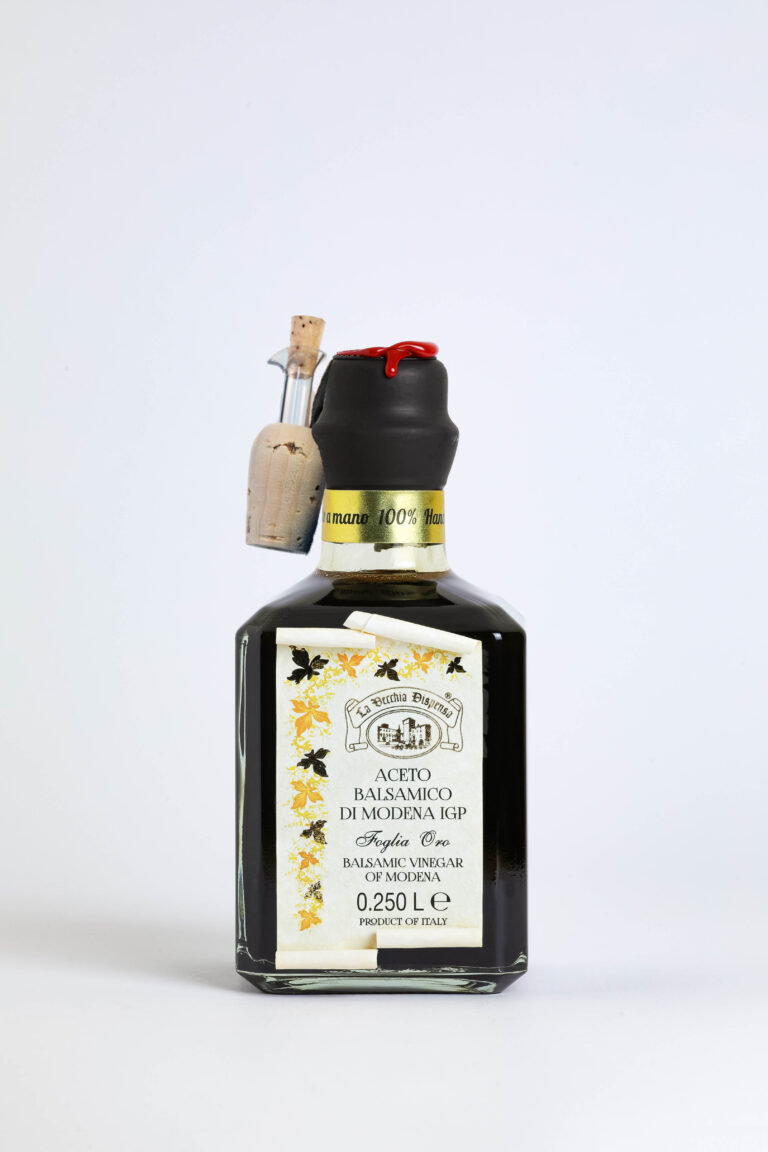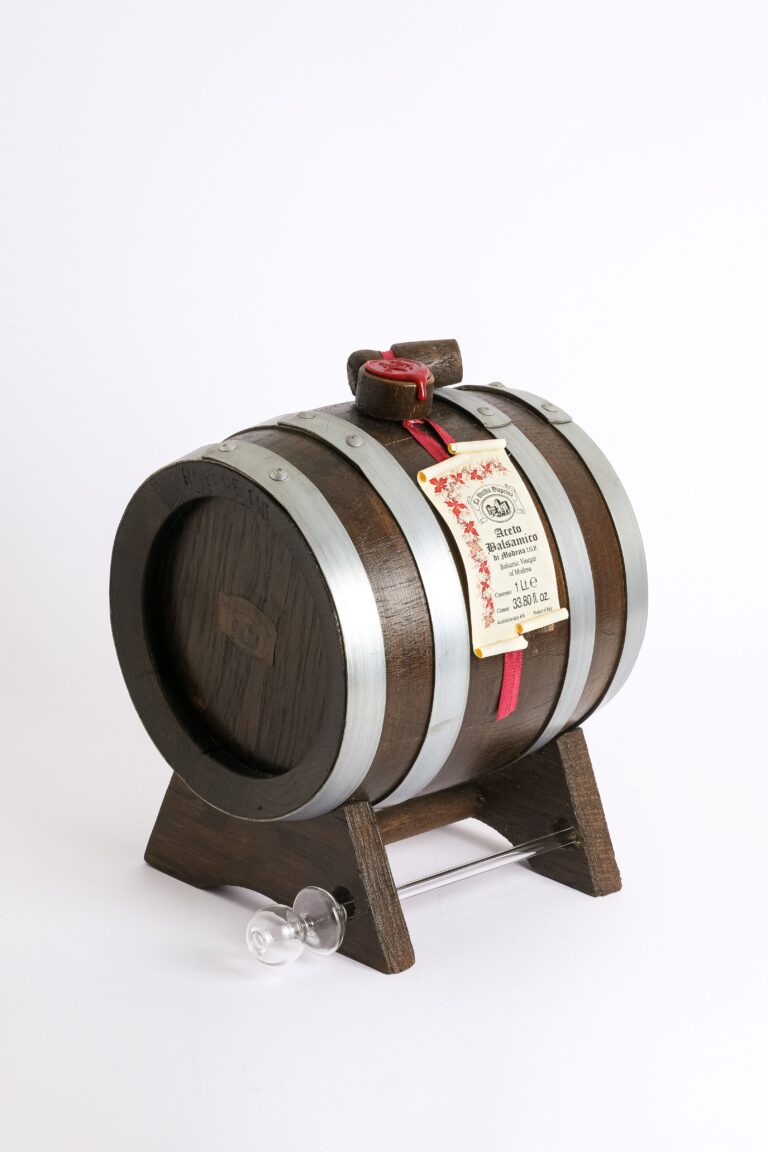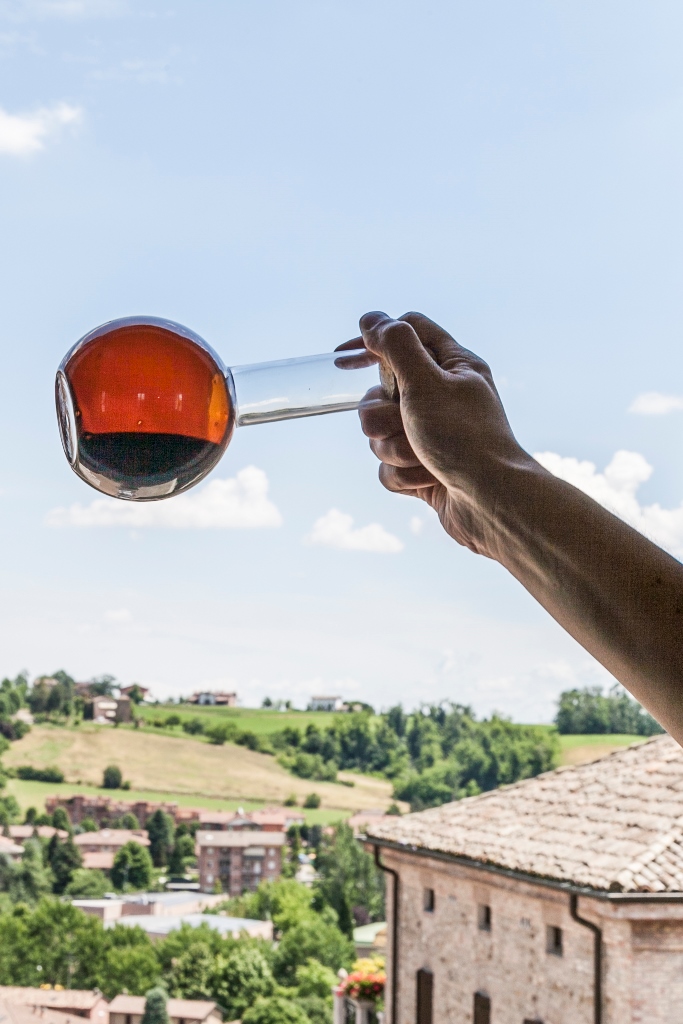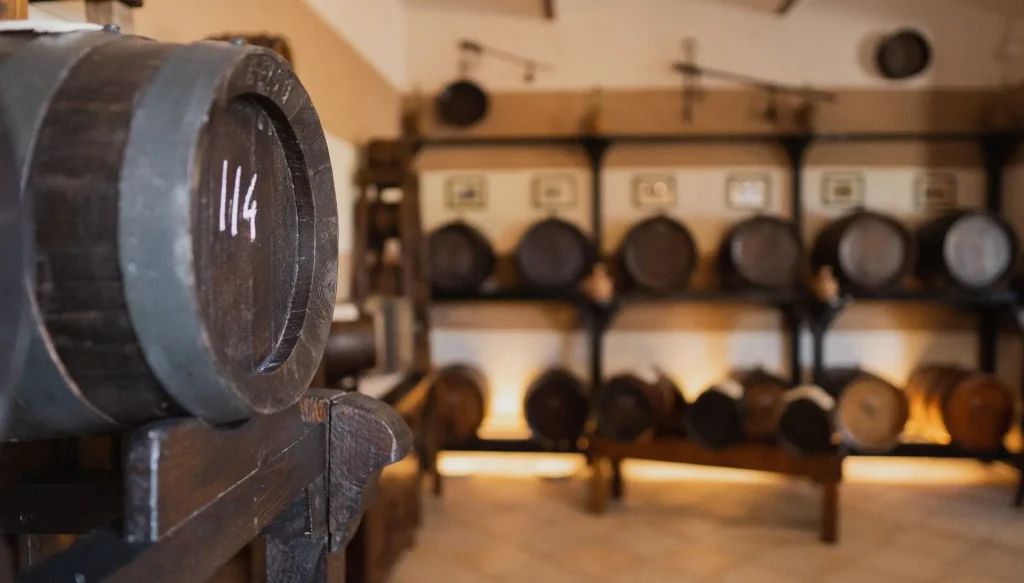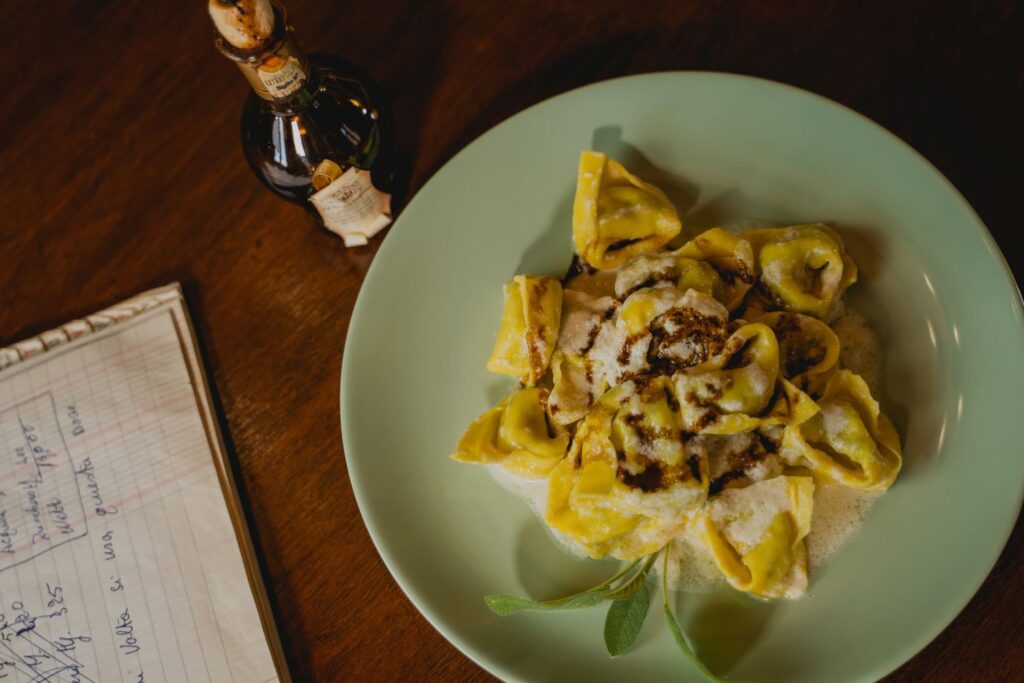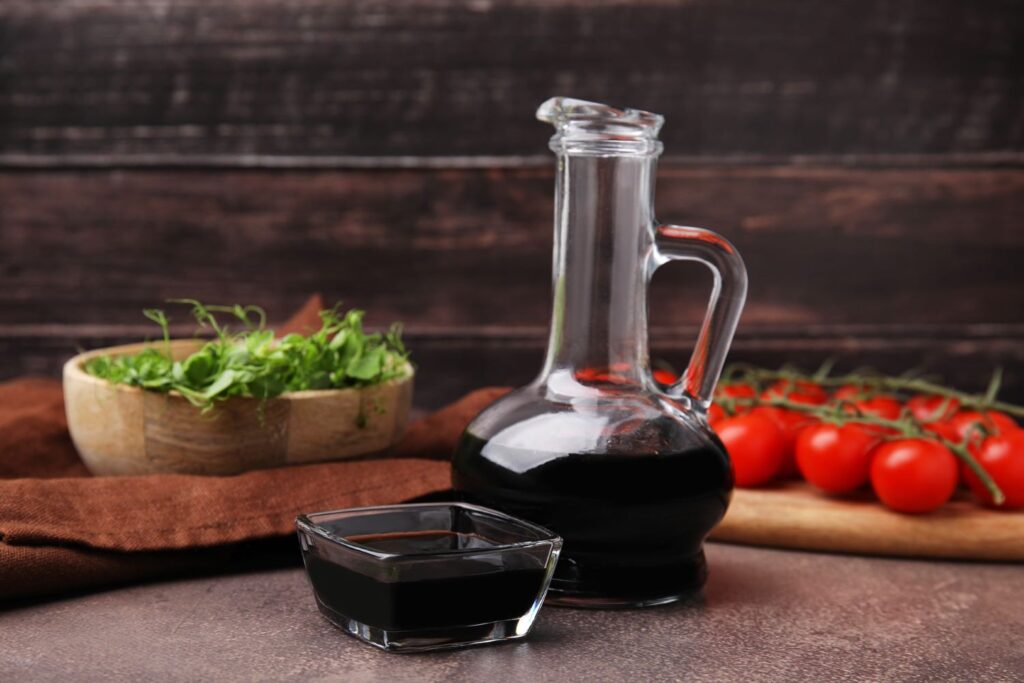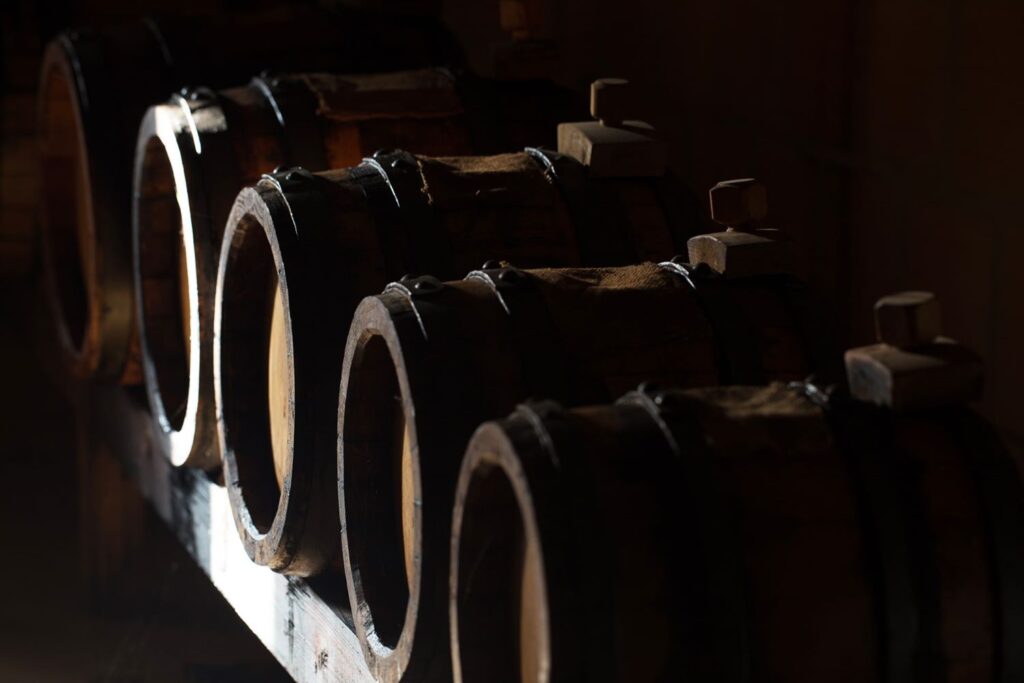The Black Gold of our lands has centuries of tradition behind, but it is known that the “ancestor vinegars” date back to even more remote times. It is enough to mention that in human history the acidification process has been already known and used since around 4000 BC. By the Babylonians.
In addition to using it as a condiment for different meals, it also helped them to preserve certain foods (thanks to vinegars derived from apples, dates and figs). Furthermore, the term “balsamic” derives from its use as a balm: in ancient times, it was in fact taken for medicinal purposes (see also: Benefits of Traditional Balsamic Vinegar of Modena).
In any case, the vinegar that can be considered as the closest precursor of Traditional Balsamic Vinegar is the one produced by the Romans who settled in the Po Valley. It was obtained from cooked grape must and then brought to different degrees of concentration.
Birth of Balsamic Vinegar of Modena
Balsamic Vinegar appears in Emilia, in Modena to be more precise, and almost “by chance”. The first producer to whom we owe the honor of the creation of one of the best vinegars in the world is Nature itself. The man had the intention or the presumption to improve the “sapa” (cooked must reduced to a maximum of approximatively 70%, and used as a natural sweetener instead of honey), reducing its sharpness by diluting it with wine vinegar. In this way he created the so-called defrutum, a condiment very similar to Balsamic Vinegar of Modena PGI.
Then it was Nature and Time that created a truly unique product, the precursor of the Traditional Balsamic Vinegar of Modena. In fact, forgetting one part of defrutum in the barrels in which it was conserved over time led to a chemical reaction, which today is known as acidification. The man therefore became aware of this casual transformation that had changed completely the organoleptic characteristics of the product, making it a unique and appreciable product.
Key Names in the History of Balsamic Vinegar of Modena
ANTONIO VALLISNIERI
Antonio Vallisnieri was a well-known and talented doctor and naturalist, highly appreciated by the royals of Europe. During his stay in Modena in 1288 under the Duke Obizzo II d’Este he noted that several barrels of Balsamic Vinegar of Modena were kept in the Lordship of Modena. It is probable that he himself made several improvements using his vast scientific knowledge. Whatever the truth is, he was surely the first one to report the unique characteristics of Traditional Balsamic Vinegar in official documents, making it a real study object from that time on. We surely owe him the fact that today Traditional Balsamic Vinegar of Modena is known all around the world.
CLAUDIA CARANDINI MOSDONI
Even though women had no particular influence in ancient times, this countess who lived in Modena somehow became part of the history of Balsamic Vinegar of Modena. In fact, in 1696, the year of her death, they have made an inventory of her mobile assets, selling them later by auction on June 1st 1696. Among the others it was mentioned: “Baldochi paid 8 lire for a small barrel of sweet vinegar with its trestles”. That was the first written mentioning of sweet vinegar conserved into small barrel placed on trestles.
GIOVANNI BATTISTA CONTUGO
On October 18th 1598 the Ducal Governor Giovanni Battista Contugo warned the Court: “di aver trovato le due castellate di Trebbiano per accomodare le “accette”, which means that he managed to identify two suitable grapes to accommodate the acetaias. For that reason, it is thought that vinegar barrels at the courtyard had been already present for a long time.
GIORGIO GALLESIO
Guest of Count Filippo Salimbeni on September 20th and 21st 1839, Count Giorgio Gallesio notes in his autographed manuscript that in Salimbeni’s Acetaia in Redù di Nonantola there were 50 small “tonellini” of “cooked must vinegar of approximatively 130 years”. It is clear that since 1700’s it was customary to cook the must, which over years of maturation would have become “traditional balsamico”.
Francesco Aggazzotti
On March 2d 1862 Francesco Aggazzotti, a well-known Italian lawyer, agronomist, enologist, politician and notary, wrote a letter to the lawyer Pio Fabriani, claiming that he had discovered the perfect recipe of Traditional Balsamic Vinegar of Modena. Later on, this letter has been published, becoming the basis for the modern Protected Denomination of Origin regulations.
Fausto Sestini
A well-known chemist, Sestini highlighted the significant differences between the vinegar of Modena and any other similar product. His scientific research conducted in 1863, made Traditional Balsamic Vinegar of Modena a unique excellency in the world.
